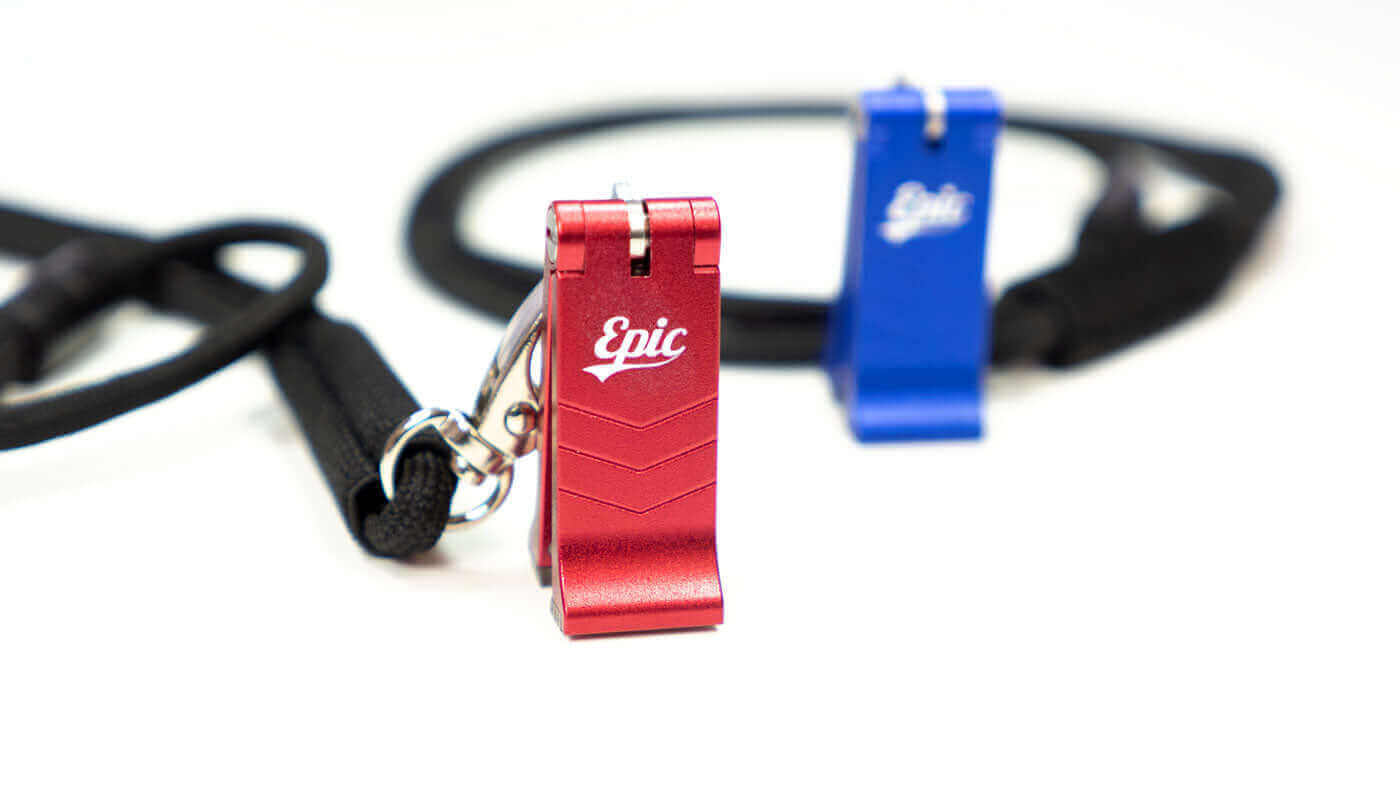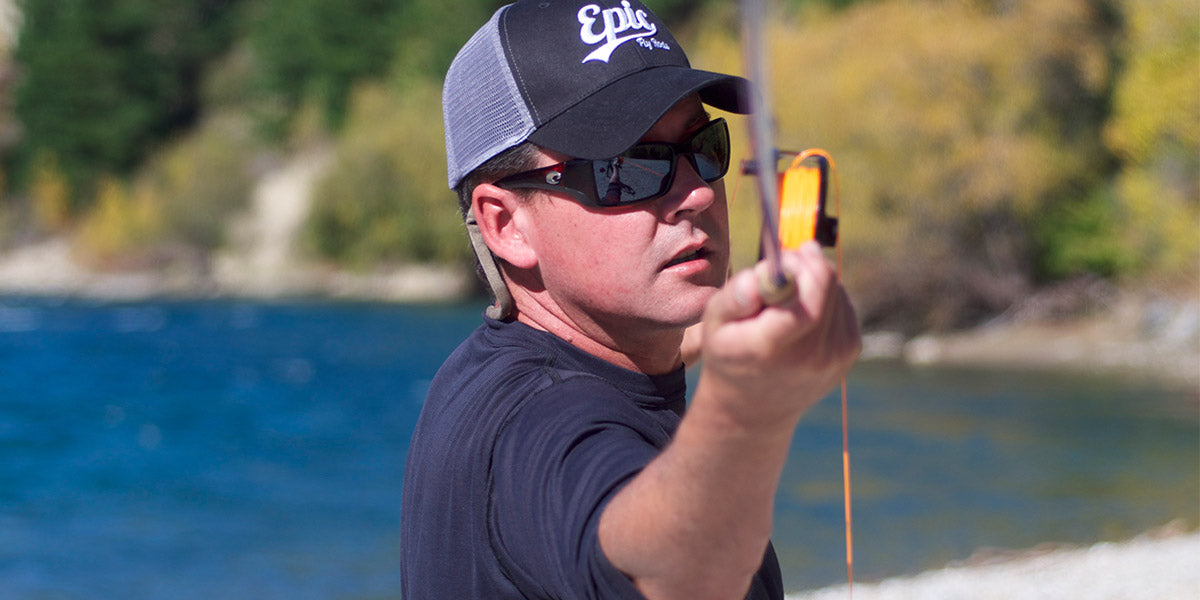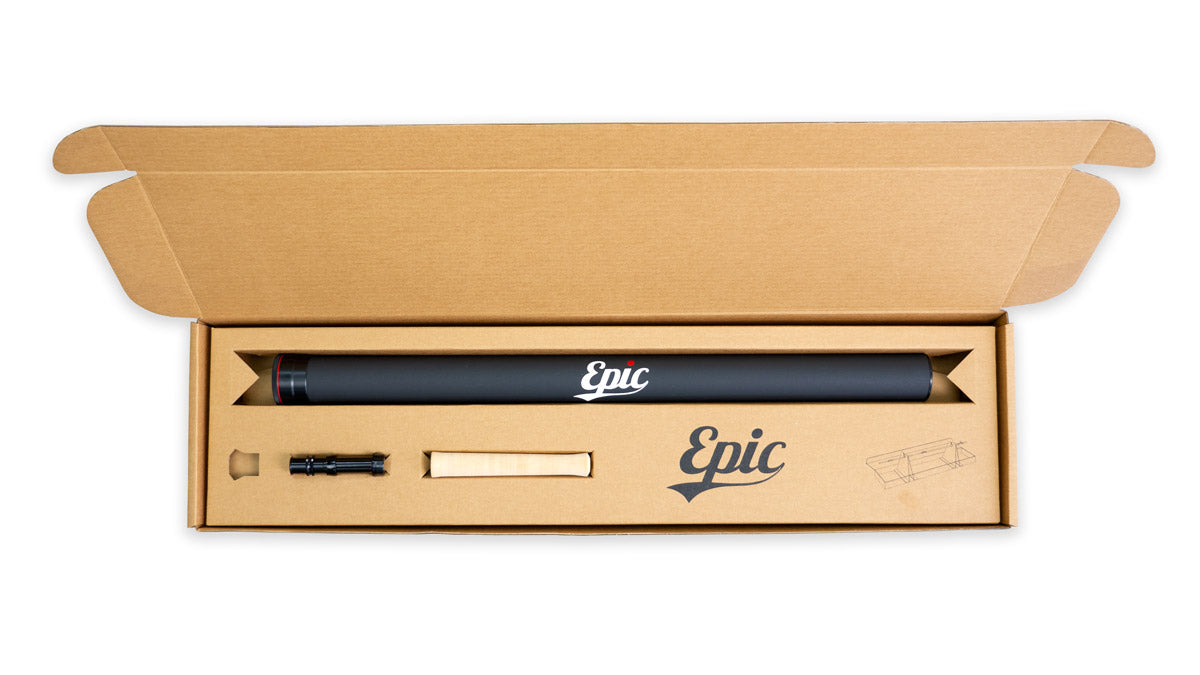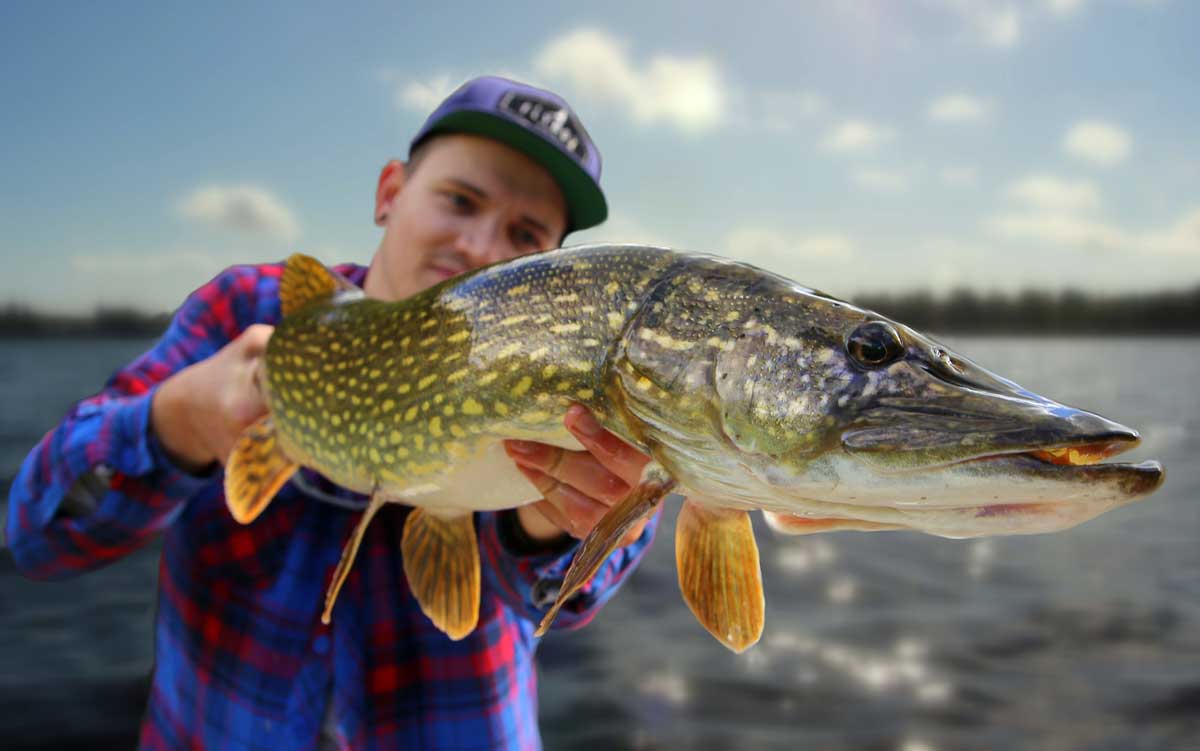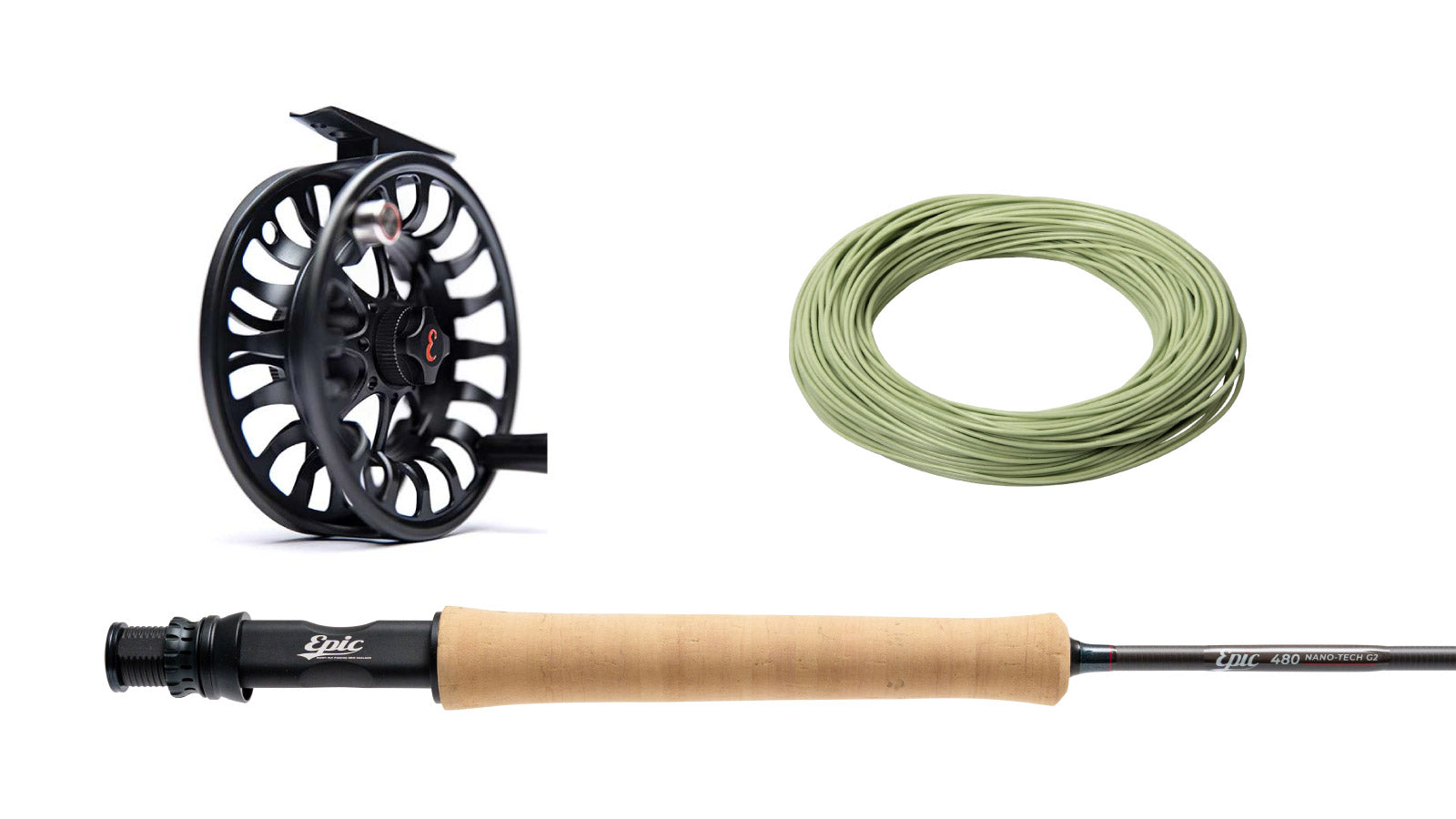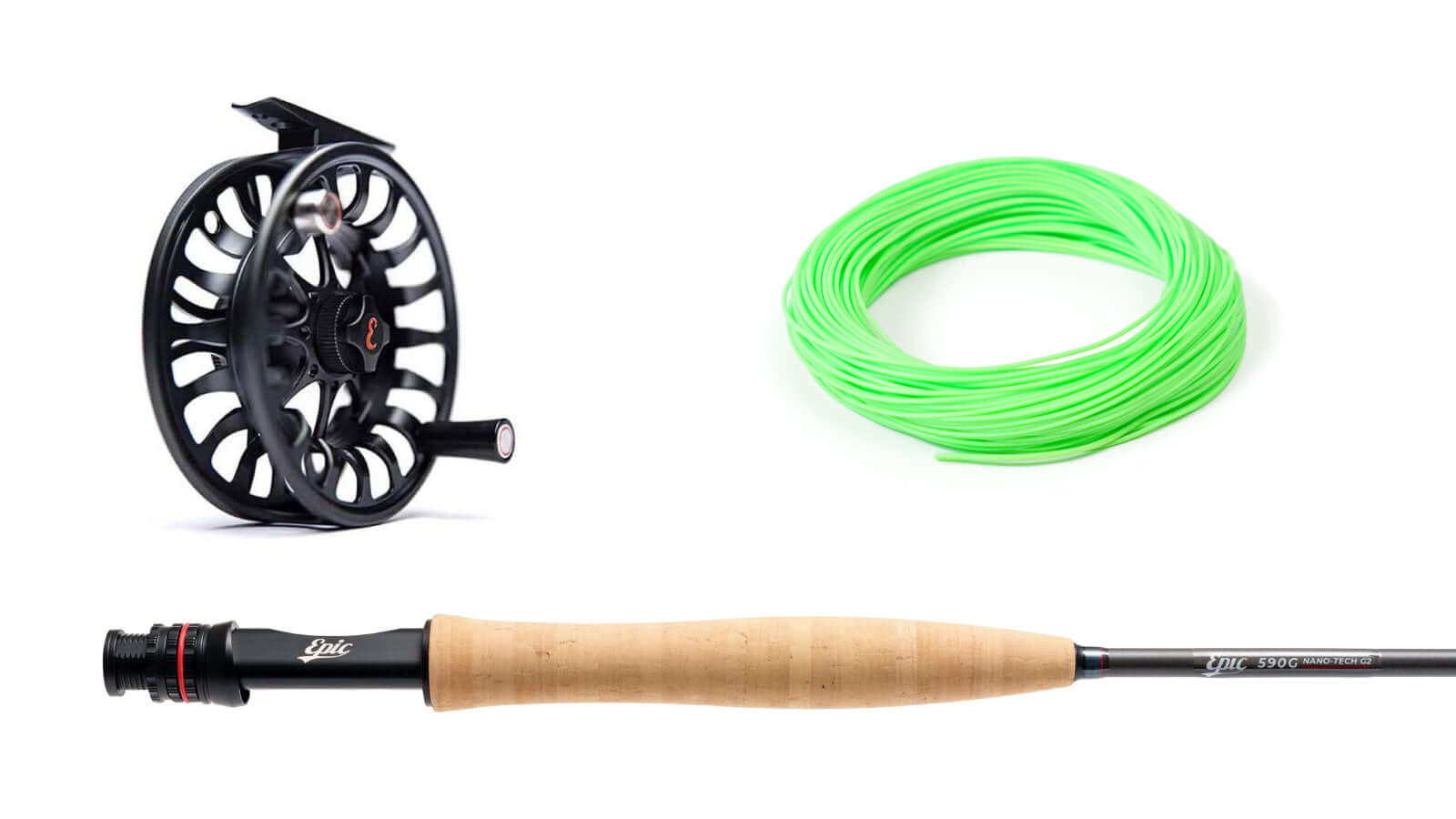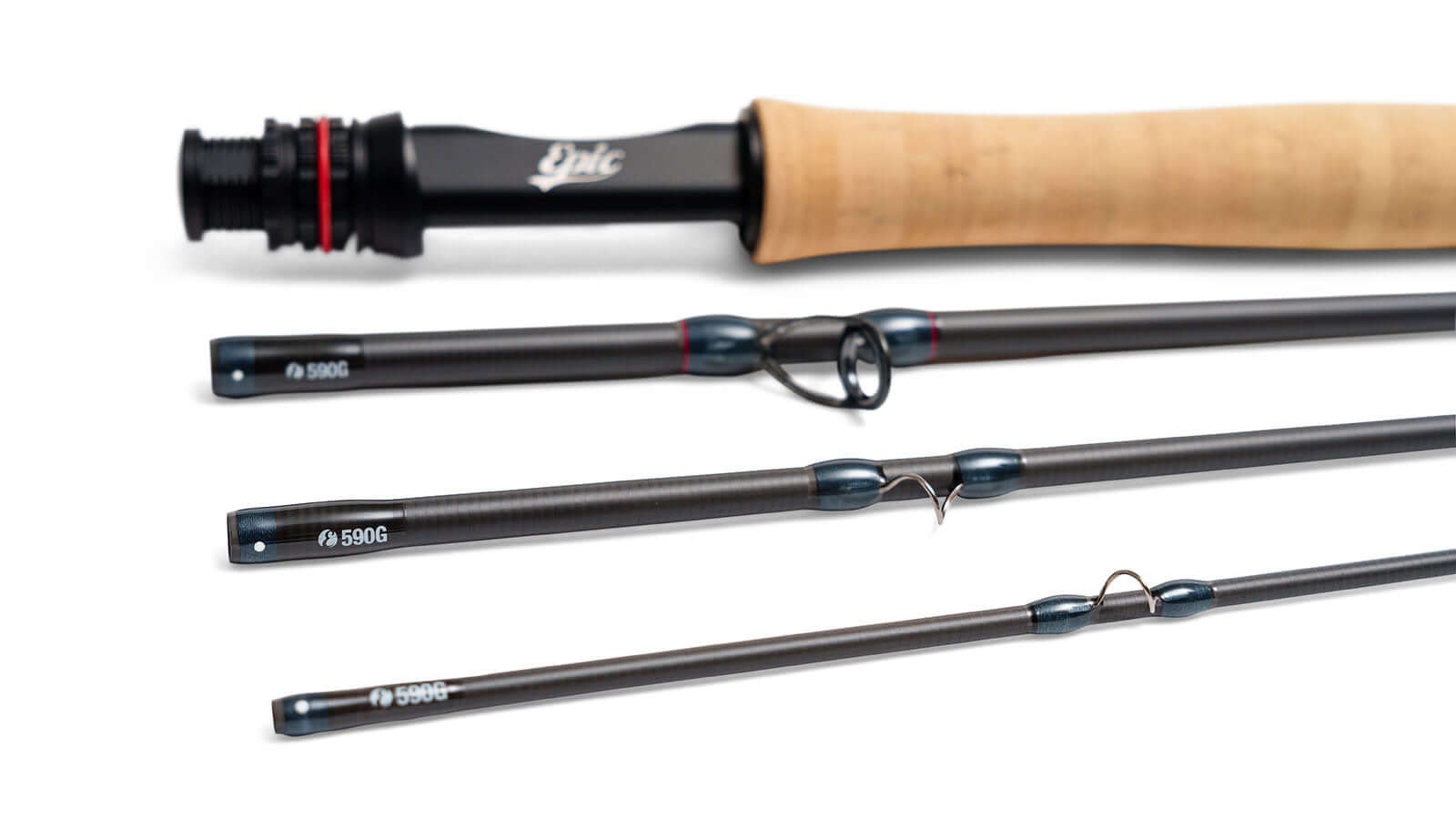Fly Fishing - 5 Tips to Improve Your Fly Casting
Becoming a good fly caster is a little like being a proficient musician, it takes time, practice and some knowledge of the theory behind it all. Here are 5 simple tips that will help improve your fly casting and your fly fishing.
-
Slow down.
Less is often more and that’s certainly true for casting a fly line. High line speed has become a myth put about by fly rod marketers and regurgitated by anglers that simply don't know any better. Most casters thrash a fly rod far too fast - slow down and concentrate on good form. Good form and solid technique will get you where you need to go, not speed. Slowing down will also improve your accuracy. Here’s a check - use your ears. That swooshing sound your fly rod is making as it cuts through the air is a sure sign your tempo is too high, slow down, pause just a little longer and see if you can cast silently
-
Use less power.
Like a good Scotch, Be smooth. Similar but actually distinctly different to my point above. Most casters overpower the rod and doing so is a major contributing factor to tailing loops. It takes surprisingly little power to keep a fly line aerialized. Try this simple exercise: Strip off 15 to 20 feet of fly line, put your line hand in your pocket, no hauling allowed. Concentrate on casting nice loops with minimum power. Now take out a little power, and a little more. Keep buttoning off, take out more power. Do this until the line falls down around your ears (it wont, not on your first attempts anyway) - you’ll be amazed at how little effort it takes to form a good loop.
-
Learn to vary your casting arc and stroke length.
Most of us are self taught fly casters and somewhere along the line we all read the same book. “Fly casting takes place between ten to two” - or something like that. As Lefty says, clock faces are for telling time, not fly casting. Casting a short line requires a short casting stroke and narrower casting arc than casting a long line. This combination should be almost infinitely variable. Long line - long stoke. Short line - Short stroke. See the video below for a full explanation. Excerpt from "Casts that Catch Fish"
-
Tracking.
Tracking refers to the path the tip your fly rod travels in. Unless you are spey casting which requires the rod tip to travel in three dimensions - good single handed casting requires that the rod tip travels in a relatively straight line in both the vertical and horizontal planes. On the back cast your line should be directly behind you, on the forward cast, directly in front 180 degrees from your back cast. Most casters either hook the fly rod around behind them toward the opposite shoulder or throw their back cast out to the side on the backcast.
Try this: Make a few false casts and on one back cast let it drop and lay out on the ground behind you. Unless you've had a few lessons and have really focused on tracking I can just about guarantee that your fly line will be running out behind you on an angle rather than directly behind you.
The fix: Targets. Pick two targets, one out in the distance in front of you, the other behind you. A tree, a sign, a fencepost. Now stand directly in line between those two targets so that you are in line with your front and back targets. Practice casting your line at the front target on your forecast, and the rear target on your back cast.
-
The most important bit.
Practice. Good fly casters are easy to spot, they’ve practiced. Take time out to throw a line in the back yard or park - even better take a buddy and practice together. Yes, you’ll get a few smart ass remarks from passers by - if you get anything original, do let me know. All accomplished sports people practice. Come game day it’s too late, and there are few things more frustrating than duffing cast after cast.
Practice your fly casting with a short line, take your time, use less power, slow down, nail that tracking and your loops will improve no end.
Carl McNeil is an IFFF Certified Master Fly Casting Instructor and has received the Presidents Pin for Services to Fly casting.



